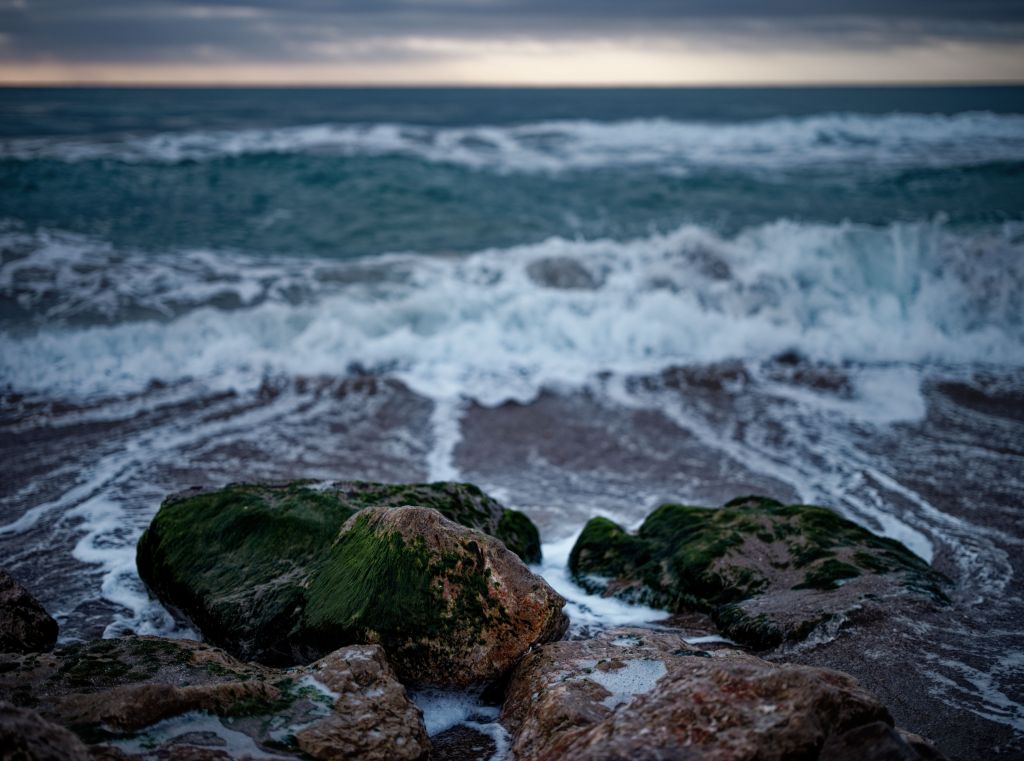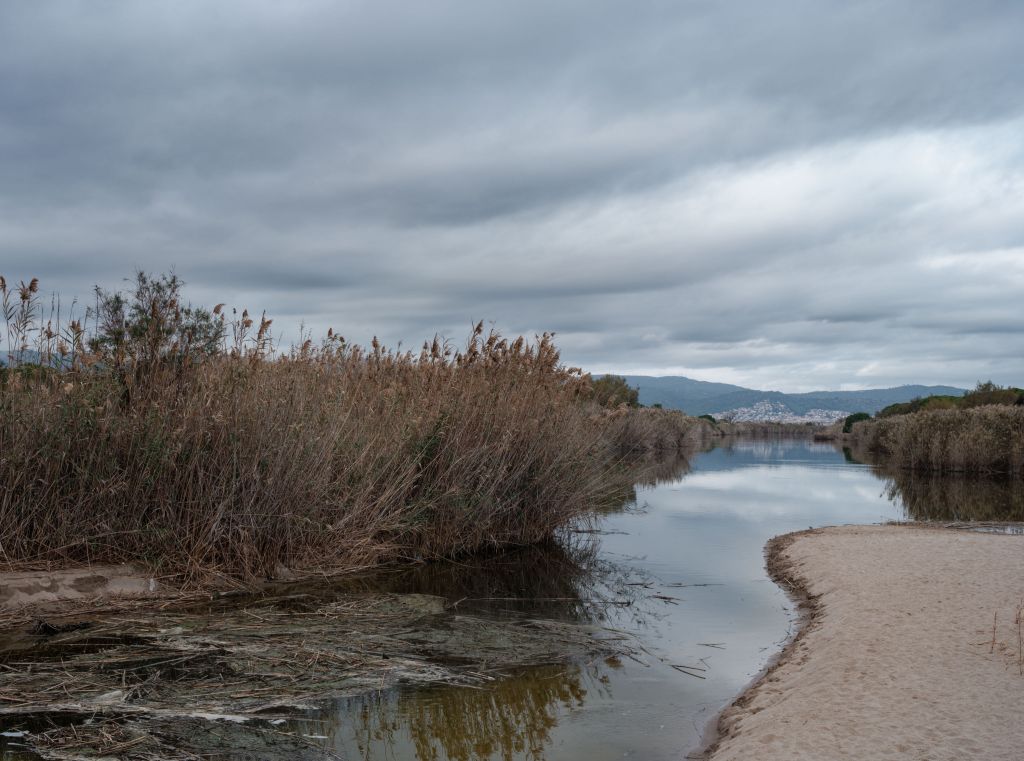El Prat

A set of images from a walk from El Prat to Castelldefels, at the very edge of the Barcelona metropolitan area. I much prefer the beaches in winter, when the temperature is more bearable and there are fewer people.
The walk is about 20km, with quite a lot on sand, necessitating an early start from the El Prat railway station.

From there, there is a short walk through the town to start of the wet lands and dunes that surround the airport, which dominates everything not least for the constant sound of jets taking off and landing.

There is even a viewing area at the end of the main runway, where the planes are scarily close.

From there it is a short walk around the perimeter of the airport to the beach.



The beach forms a thin strip, bounded by dunes that are being protected to allow wild plants, birds and animals to reestablish themselves, and the remains of old camp sites and holiday parks – now closed off and seemingly owned by Aena. It is not clear if this is for security or because they are hoping to expand the airport still further.




Walking here is quite difficult, as the only space is on sand and in many places it is extremely soft and wet, making progress much slower than might be expected.


Eventually the outer edges of Castelldefels start to reclaim the wilderness.



Castelldefels has the usual seemingly uncontrolled urban expansion, running several km outside of the town itself. Most of the these buildings are walled-off from outside and with private gates leading to the beach.



Eventually you arrive at the main part of Castelldefels. Here the walking is easier and it is only a short trip to reach the Castelldefels Platja railway station, from where you can return to Barcelona.

This was also a chance to test out a new workflow, using DxO PhotoLab rather than Capture One.
I have finally managed to solve the two major issues I had with the DxO workflow, namely how to rename images to include the shooting date in the filename and how to deal with cameras that DxO does not natively support. Both of these were solved by writing an Automator Folder Action on macOS that uses a shell script with exiftool to extract meta data from the images and darktable to pre-process images from cameras that are not natively supported by DxO. The latter means that you loose access to PL’s lens corrections and AI noise reduction, but this is not an issue for the camera that I needed this for.
The way that this works is very simple. I just copy images from an SD card to a dedicated folder, where they are automatically processed. Then the images can be moved to the appropriate project folder as appropriate (here the ‘photowalks’ folder).
In general, the biggest issue that I have with DxO is their support for any given camera or lens. For example, the vignetting in the images here is entirely native to the lens, which at the moment has no DxO profile. I can of course correct this manually (I did correct distortion), but in this case I quite like the rendering.
Categories: Landscape, Photography